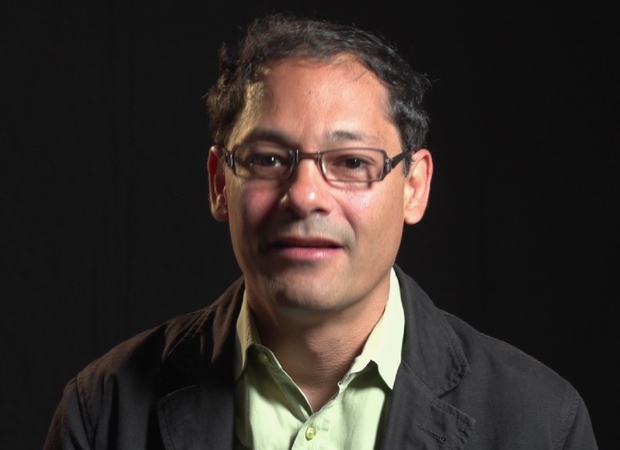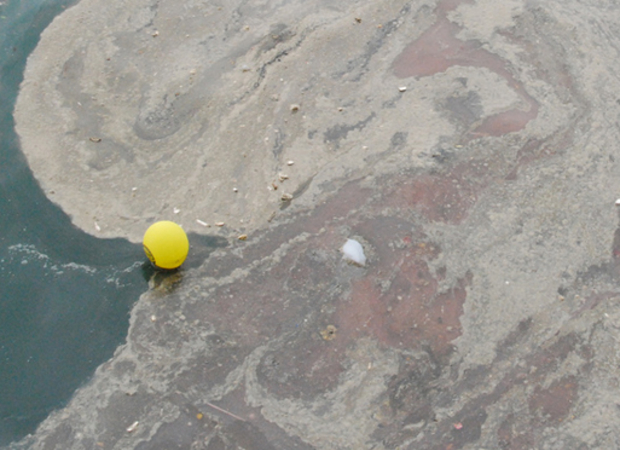DreamWorks to Make 2-3 Films a Year in China, Eventually
on October 10, 2012
"Kung Fu Panda" creators will ramp up a partnership with Chinese state-run media funds, slowly.
"Kung Fu Panda" creators will ramp up a partnership with Chinese state-run media funds, slowly.



From their website:
The Hollywood Reporter (THR) is the premier destination and most-widely trusted resource for breaking entertainment news, movie and tv reviews, movie trailers, tv clips, and analysis.
China-related holdings by funds in which Mr. Romney has invested are a reminder of how he inhabits two worlds.
After China's Golden Week holiday, a round-up of important recent stories on economy and politics.
There were 7,905 multimillionaires in China at the end of 2011, an increase of 41% compared to 2007 - but how are they distributed across the country? WealthInsight, specialists in data on high net worth individuals, have released the latest figures showing those with net assets of more than US$30m. A combined total of 2,346 live in Beijing and Shanghai, equivalent to three in every ten of China's multimillionaires. Chongqing has seen the biggest growth rate, with 78% more multimillionaires in 2011 than four years earlier. The lowest growth rate, 19%, came in the Shenzen, the second city of Guangdong province.
By publishing "The One" as an iPhone app, China's superblogger bypassed the State Administration of Radio Film and Television.
In 1992 Deng Xiaoping famously declared, “Development is the only hard imperative.” What ensued was the transformation of China from a socialist state to a capitalist market economy. The spirit of development has since become the prevailing creed of the People’s Republic, helping to bring about unprecedented modern prosperity, but also creating new forms of poverty, staggering social upheaval, physical dislocation, and environmental destruction.
In Developmental Fairy Tales, Andrew Jones asserts that the groundwork for this recent transformation was laid in the late nineteenth century, with the translation of the evolutionary works of Lamarck, Darwin, and Spencer into Chinese letters. He traces the ways that the evolutionary narrative itself evolved into a form of vernacular knowledge which dissolved the boundaries between beast and man and reframed childhood development as a recapitulation of civilizational ascent, through which a beleaguered China might struggle for existence and claim a place in the modern world-system.
This narrative left an indelible imprint on China’s literature and popular media, from children’s primers to print culture, from fairy tales to filmmaking. Jones’s analysis offers an innovative and interdisciplinary angle of vision on China’s cultural evolution. He focuses especially on China’s foremost modern writer and public intellectual, Lu Xun, in whose work the fierce contradictions of his generation’s developmentalist aspirations became the stuff of pedagogical parable. Developmental Fairy Tales revises our understanding of literature’s role in the making of modern China by revising our understanding of developmentalism’s role in modern Chinese literature. —Harvard University Press




From their website:
The Obama administration has made Asia a top priority for U.S. foreign policy. The move has been dubbed "The Pivot," and it has the potential to be one of the most enduring legacies of the Obama presidency.
China is the major hub of the international textile industry, exporting US$200 billion worth of textile and apparel products in 2010—accounting for 34 percent of global exports.
It’s provided cheap T-shirts and other clothes to people around the world but at a huge environmental cost, in particular water pollution.
